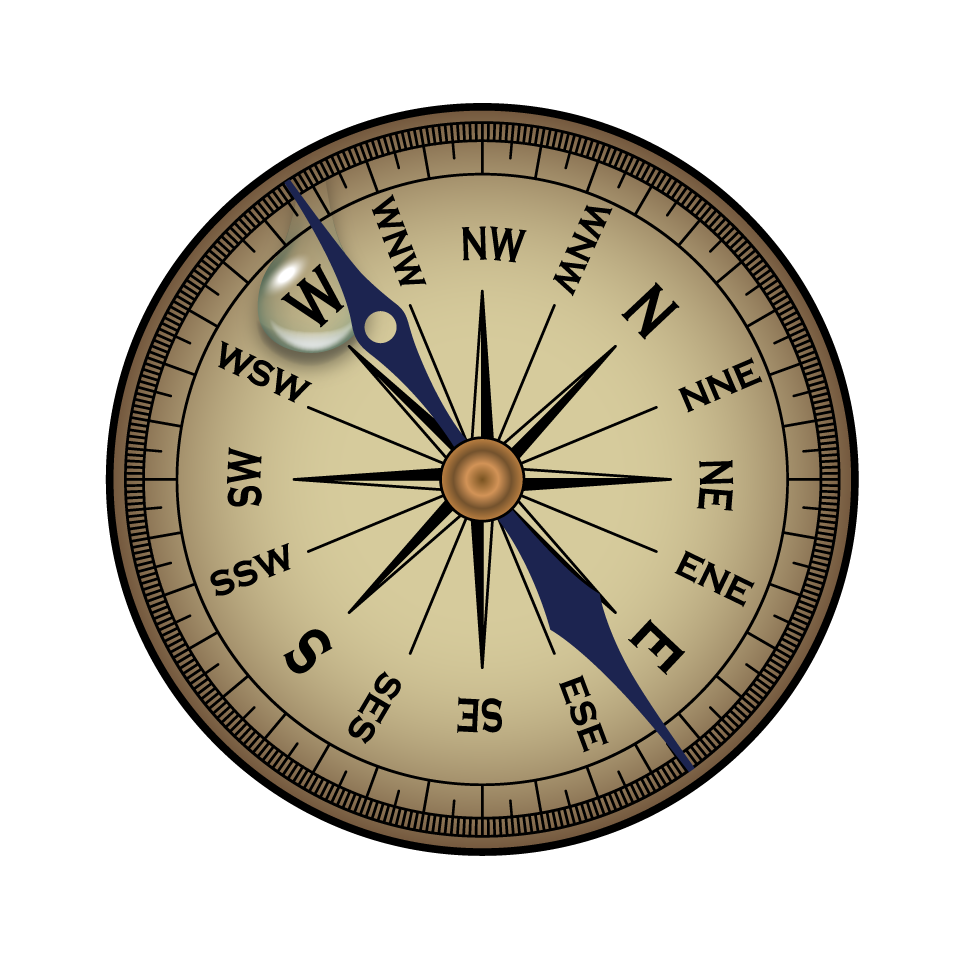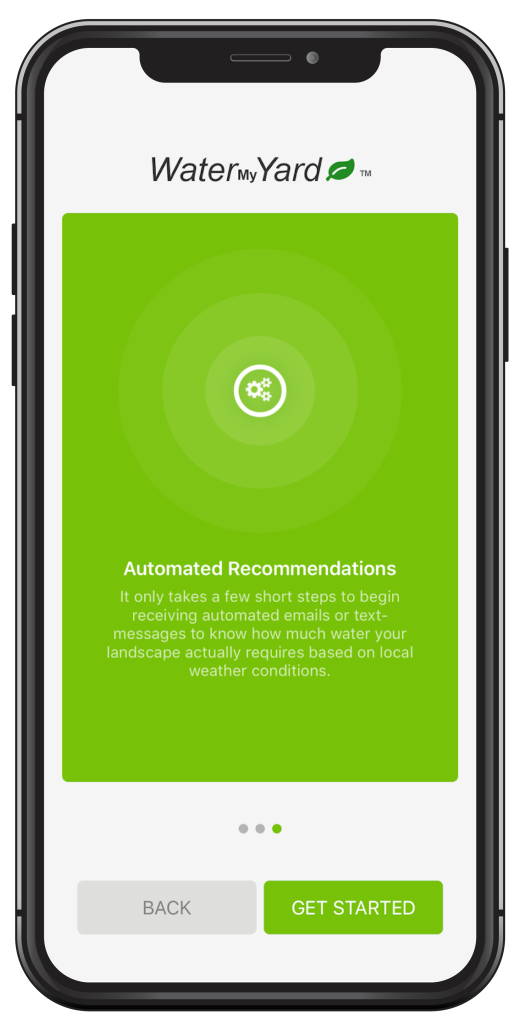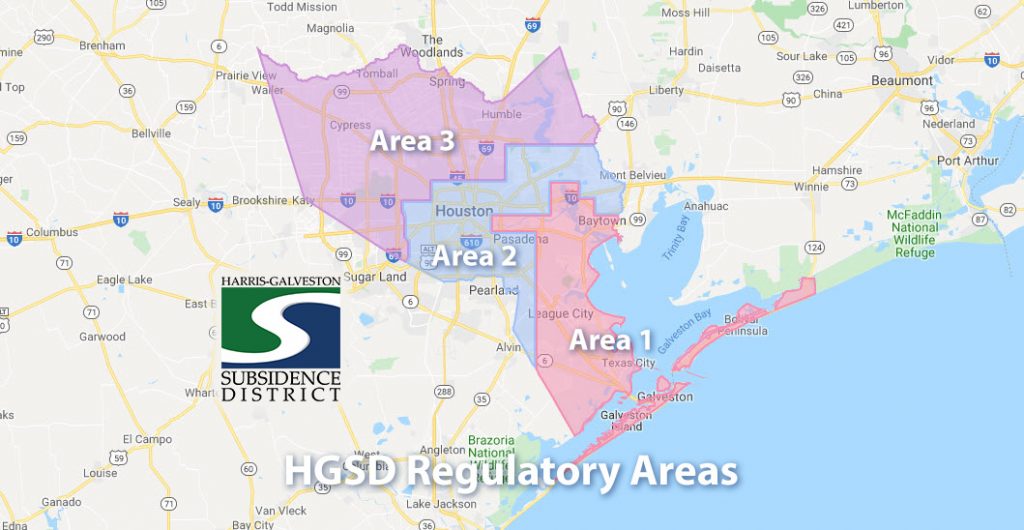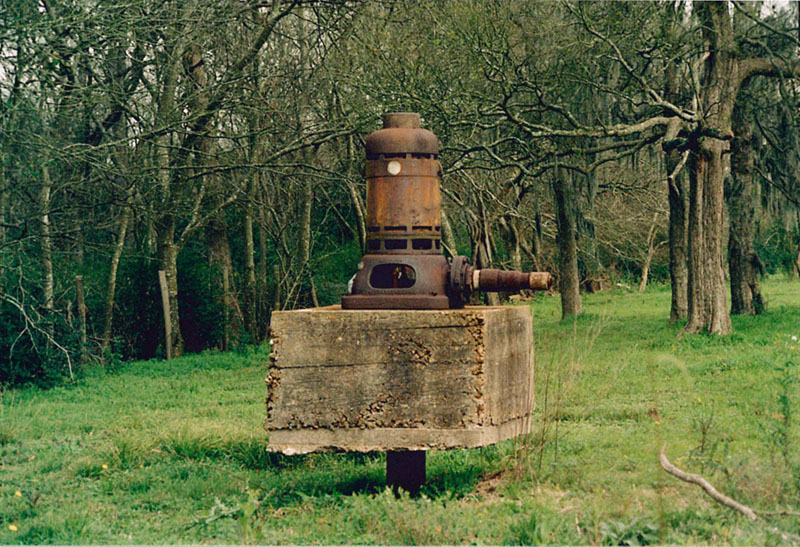
Land Subsidence
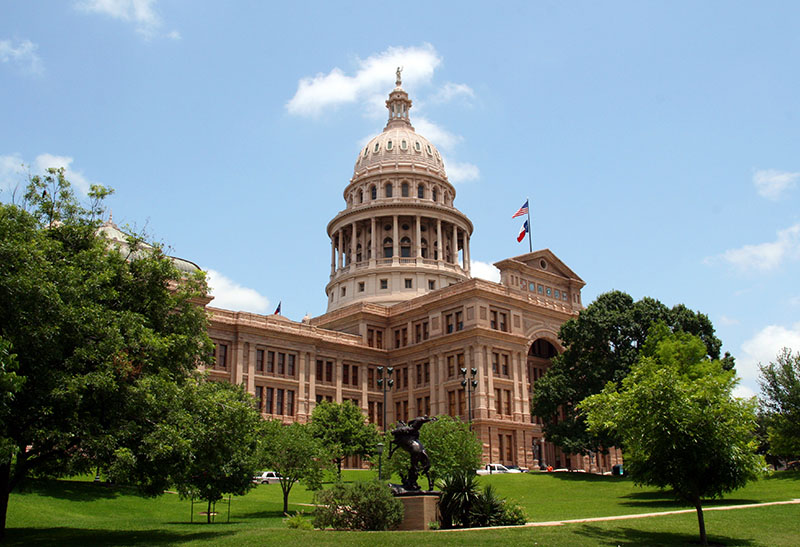
Conversion Mandate

Population
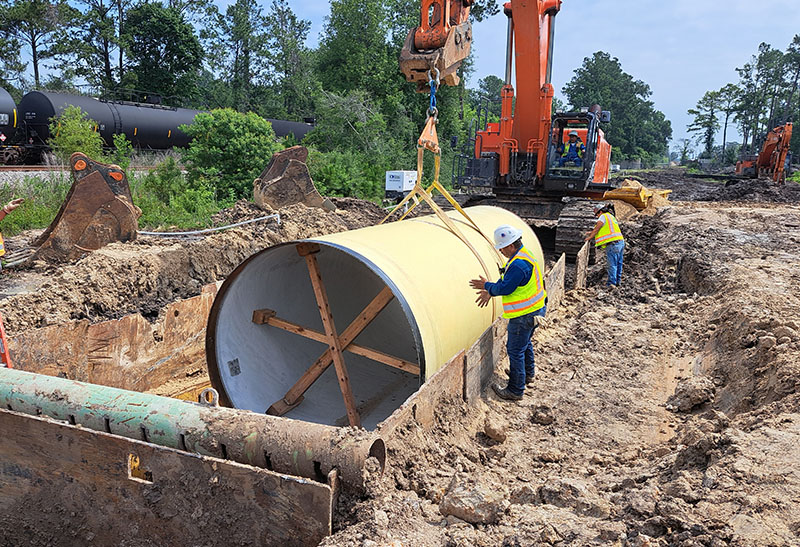
Cost of Construction
WHCRWA was created by the Texas Legislature in 2001 to comply with groundwater reduction as mandated by the Harris Galveston Subsidence District.
Harris Galveston Subsidence District’s Regulatory Plan requires conversion from groundwater to surface water.
The population of WHCRWA has grown exponentially over the past 20 years and is expected to increase from 562,968 in 2020 to 697,575 in 2070.
The total regional costs to meet the HGSD requirements and to ensure a long-term supply of surface water are estimated to be more than $6 Billion.
A Spotlight on the WHCRWA
Watch this short video about the West Harris County Regional Water Authority (WHCRWA)
What you should know about the cost of water?
Land Subsidence
By the mid-1970s, significant land subsidence had begun in southeast Texas, Harris and Galveston counties. In fact, whole subdivisions were sinking into the marsh and the aquifers that had traditionally provided the area’s drinking water were in decline due to over pumping of the readily available and cheap groundwater.
In 1975 the Harris-Galveston Subsidence District (HGSD), was created by the Texas Legislature and given the power to restrict groundwater withdrawals in these coastal counties as a method of minimizing subsidence and helping to give the aquifers an opportunity to recharge.
Conversion Mandate
The HGSD’s Regulatory Plan required conversion from groundwater to surface water in phases.
Reasoning that it would be virtually impossible for the individual MUDs to accomplish this challenge on their own, the Texas Legislature created regional water authorities to facilitate compliance with the mandates.
With restricted access to groundwater, the region had to acquire an alternate source of this finite natural resource that was far more costly. And since the Texas Legislature did not grant taxing authority to the West Harris County Regional Water Authority (WHCRWA), it has been necessary to rely on fees for revenue; to borrow money to purchase surface water; and to fund construction of the massive new water infrastructure. These costs have been passed along to the MUDs and cities – the retail water providers — through groundwater and surface water usage fees.
MUDS in HGSD Area 3 that do not meet the surface water conversion requirements of the HGSD would be forced to pay the HGSD’s $11.86 per 1000 gallons disincentive fee.
Since its creation in 2001, WHCRWA has held numerous bond sales to fund the 2010 and 2025 distribution system and other construction costs. Fortunately, WHCRWA has had access to the State Water Implementation Fund of Texas, which has offered low interest rates.
Population
WHCRWA Projected Population
What is the WHCRWA fee on my water bill?
Use the code below to embed this video on your website.
Rates
The WHCRWA Board of Directors continues their commitment to keeping the cost of water as low as possible and to keeping the periodic rate increases reasonable and consistent with that commitment. Projecting rates is a complex process due to unpredictable economic conditions and fluctuating construction and labor costs. Increasing the WHCRWA fee steadily and in smaller amounts has helped to avoid sharp increases in the charges over the years and has assisted its wholesale customers plan for gradual rate increases.
The WHCRWA Board of Directors did not increase rates on January 1, 2025, instead keeping rates steady at 2023 levels.
Pumpage and Surface Water Rates effective 1/1/2024
Groundwater – $3.95/1,000 gallons and
Surface Water – $4.35/1,000 gallons
